The History of the Fisherman Beanie

Rough, sturdy and simple — the working class fisherman and his rough knit cap has ever been an inspiration for how we knit our products. But how well can we trace the roots of the fisherman beanie back to actual fishermen?
The Steve Zissou hat is a pillar in the fisherman beanie community, and Steve is a fictional character based on real life beanie carrying oceanographer Jaques Cousteau — another such pillar.
So to us, the sea and beanies are irrevocably connected. But going further back, what inspiration was Jacques drawing on? I want to get to the roots. Beyond pop culture beanie-names, beyond the iconic red hat of Cousteau, to the small village fisherman who simply wanted to fend for his family.
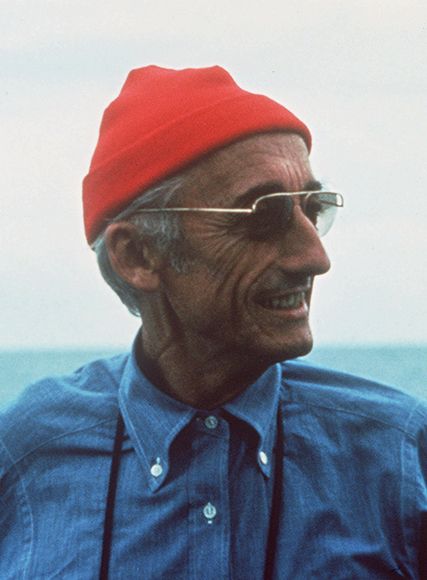

The practicality of a fisherman beanie on the sea
There are some suggestions around the internet about how rolling up the beanie could have been a workman’s way of making sure he heard well; that he could communicate with his mates.
This makes a lot of sense and explains well enough the rolling up of the beanie. But with my own years of experience in crafting and using hand knit beanies, I think I can complement the story with another perspective.
A beanie is the optimal temperature regulator. Freezing winds coming at your ears? Fold it down. Wind’s letting up? Roll it back up and release some heat. Sun’s out? Take it off and tuck it into your pocket. Unlike bigger headwear, the beanie can be carried in your pocket like it’s nothing.
“It makes complete sense that docked fishermen would roll up the beanie over their ears.”
It makes complete sense that docked fishermen would roll up the beanie over their ears. They are in the harbor, the winds are weaker, and it’s time to let off some heat.
Why every fisherman beanie should be made of wool

This one black and white picture I found features a fisherman wearing a wool cap. And when it comes to wool, we Norwegians have very strong opinions.
Wool is a choice material for a beanie at sea, because sheep wool has the incredible power of keeping its insulating features even when wet.
So tying these ideas together. Let’s go paint a broader picture of this fisherman with his beanie.
History of the hand knit, woolen fisherman beanie
Imagine a coastal society. It’s a time when most women are the keepers of the house, while the men are out providing for the family’s economical needs.
Say what you want about gender roles — I’m not here to discuss that, but simply to dig into history. This is the sort of historical context where knitting found its form. And

There are deep historical roots to why knitting is prevalent among women in Norway (where Red Hat Factory comes from) to this day. I know my mother learnt it from her mother, who again probably learnt it from hers — the roots stretch far back.
Those days were a time when the woman was tasked with actually protecting the household against the elements — and among the tasks required was keeping her family warm at the onset of winter.
In our imagined little coastal society, not all the fishermen could afford a water proof sou’wester, so the next best alternative stood in line. Wool was readily available, and the property of wool that isolates even when wet made it a fine second choice.
So she knits him a beanie, tight knit because of years of skill (she has knit for every one of her seven kids) and full of care because she desperately wants her man to come home from the sea, today as every day before — and to not catch pneumonia, which at the time would have been potentially fatal.
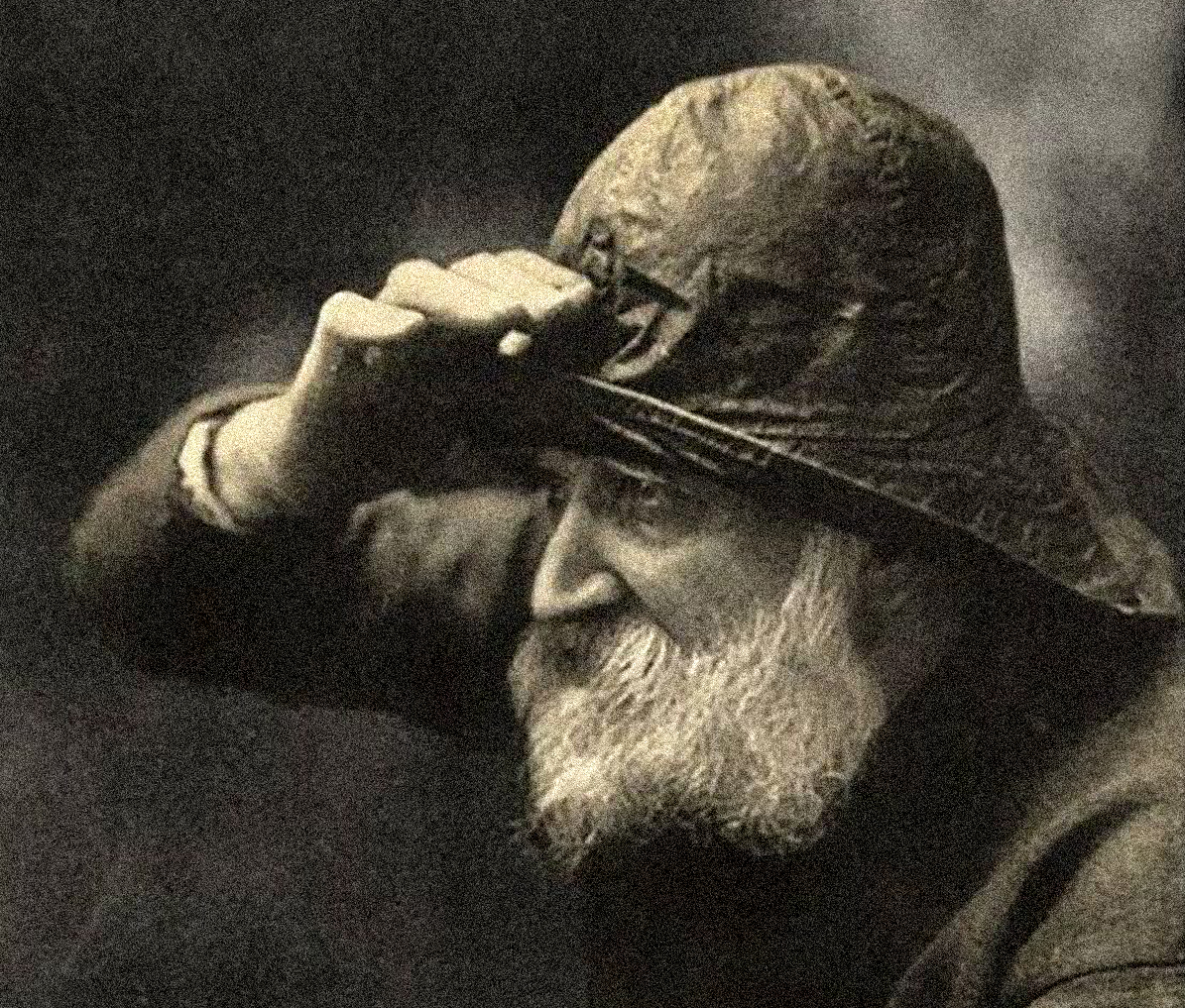
In this way the hand knit fisherman beanie represents the simple life of hard work and survival that most people through history has lived.
It is good to look at history for perspective, and maybe to gain some gratefulness for the luxuries we enjoy every day.
Real fishermen beanies
Finding images of actual fishermen, wearing beanies is tremendously hard. The modern trend of the fisherman beanie has taken over image searches, pushing the black and white genuine photos aside.
Mostly whenever I find a picture of what we would call a fisherman beanie today, it turns out to be a modern day portrait, taken with a vintage style. The real pictures I’ve found however, reveals something very interesting.
It seems that people put whatever they wanted on their heads before heading out to sea. When you write a history article like this, you’d like to find cold hard facts and list them up. But back in the days when the fisherman beanie was born, nobody called it a fisherman beanie, and there was no consensus to how it should look.
They were simply fishermen. And if they put a beanie on — well, then that was a fisherman beanie.
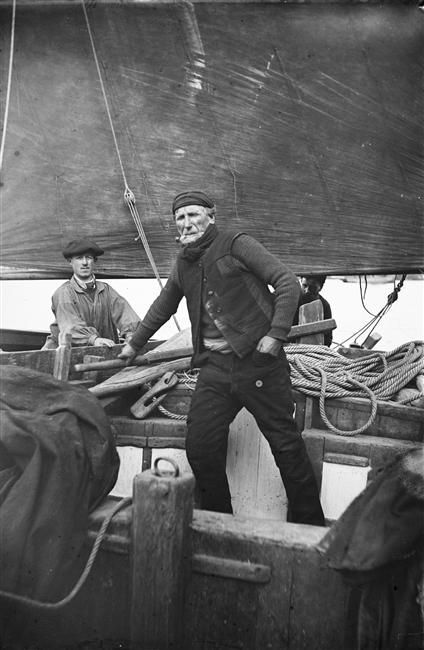

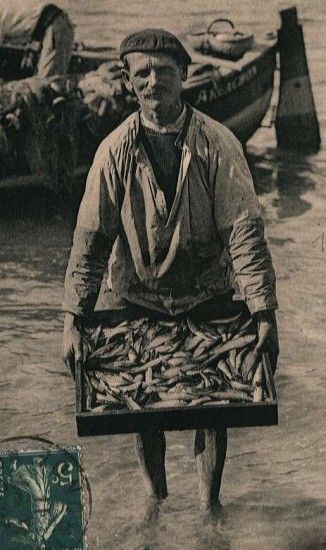


Appendix: The super long fishermen beanies with tassels
You might have noticed on the first black and white picture in this article, that the fisherman has an incredibly long beanie with a tassel at the end.
The style derives from fishing societies in Portugal, specifically the Povoan culture.
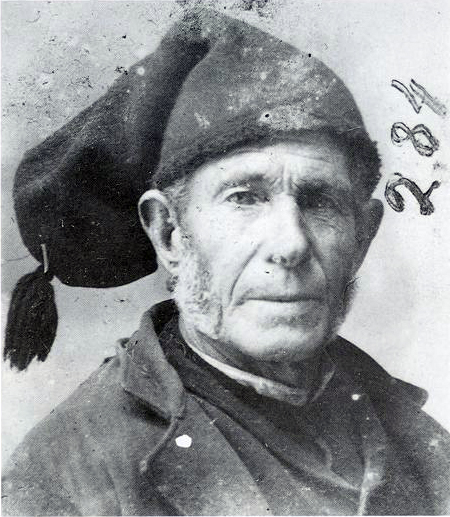
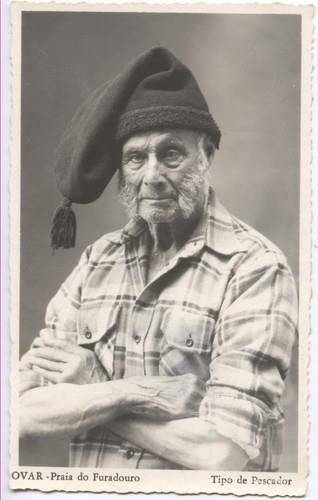
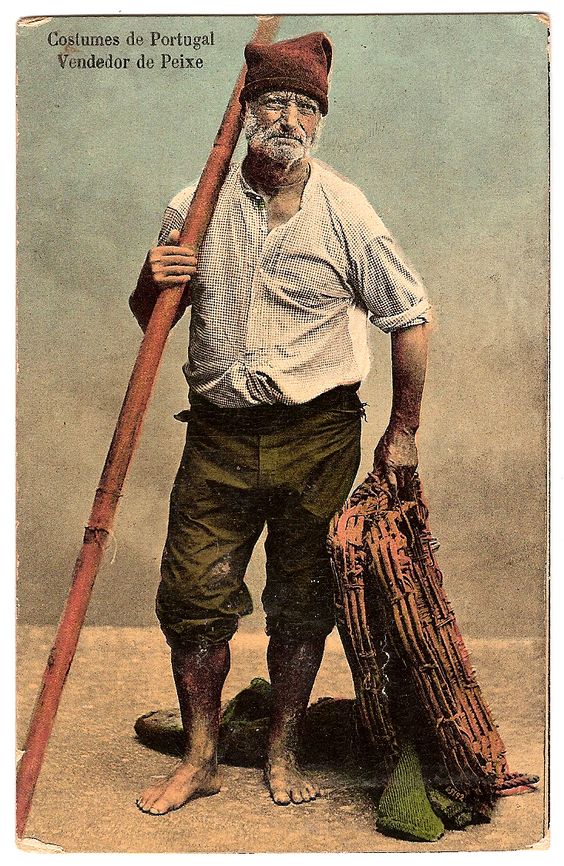
Their culture was centered around fishing. Their legends and their religion — it all swirled around the sea, sea creatures and fish. Saint Andrew was believed to reel in the souls of the perished at sea and deliver them into heaven, like a batch of fish. And they avoided work on Sunday because of an old legend about a sea serpent punishing people who violated the holy day of rest.
Most importantly though, they wore the longest fishermen beanies the world has ever seen with tassels and all — and with that they sported the wildest sideburns known to man.
Deeming from the last illustration, the beanies were even red. And you know exactly how we feel about that!
That is not a pom-pom at the end of the long beanie…It is a tassel.
You are right! I will amend my error.